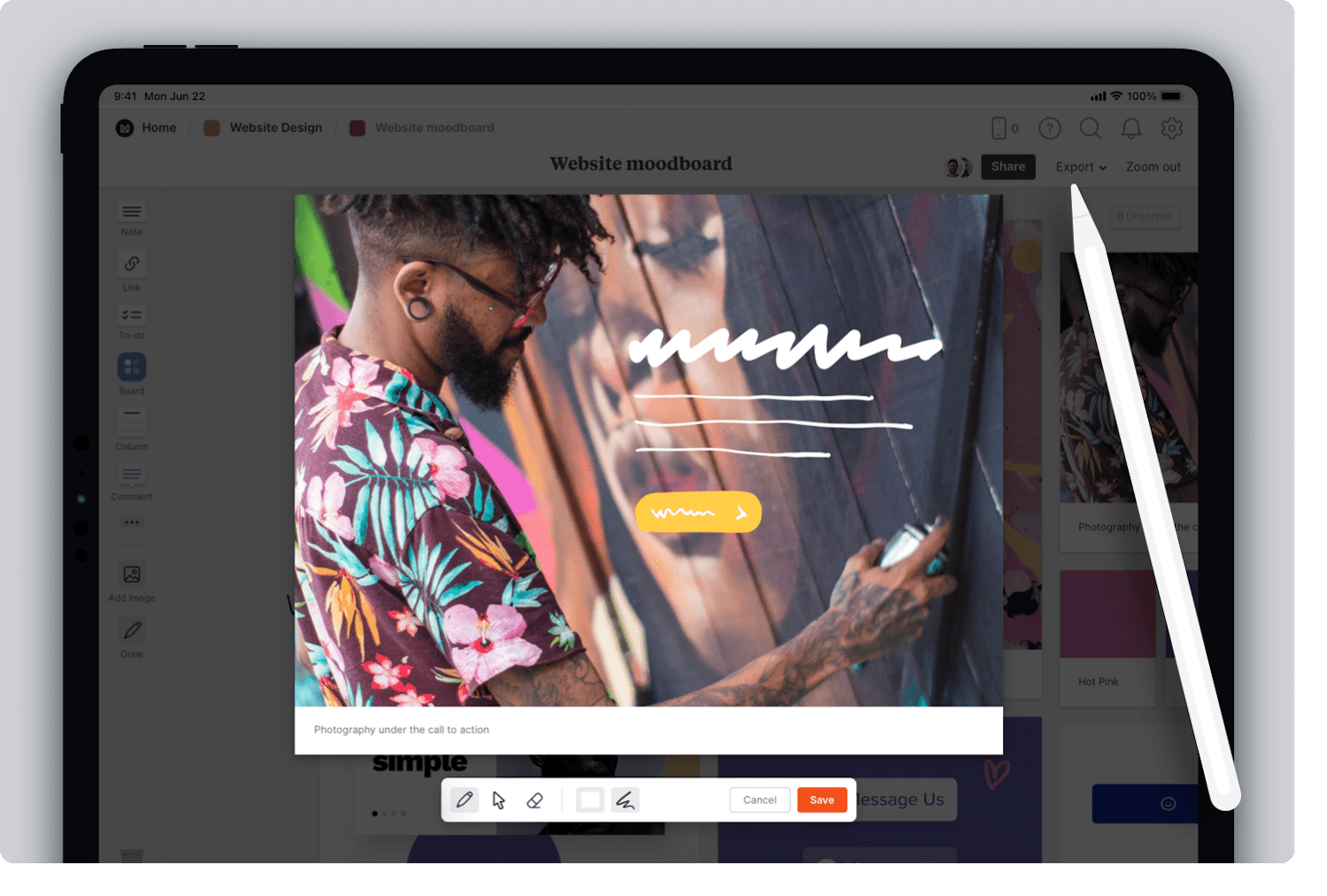The Ultimate Guide to Modern Site Layout Trends
In the ever-evolving electronic landscape, modern-day website design patterns play a crucial function fit user experience and involvement. From the surge of minimal style concepts that focus on simplicity to the influence of strong typography in defining brand name identification, each element adds to a natural online visibility. The emphasis on mobile-first and receptive approaches, along with innovative microinteractions, further improves use. Moreover, the growing concentrate on sustainable internet design practices mirrors a dedication to environmental responsibility. These fads collectively increase vital inquiries regarding the future of effective website design and what it implies for organizations and consumers alike.
Minimalist Layout Concepts
Minimal design principles stress the idea that less is a lot more, promoting for simplicity and functionality in visual interaction. This strategy remove unneeded elements, concentrating rather on essential parts that share the desired message properly. By focusing on quality, minimal design enhances user experience, permitting site visitors to navigate internet sites easily.
Core tenets of minimal layout include the use of sufficient white area, which creates a feeling of balance and organization. This unfavorable space not only routes the customer's attention to key components yet also promotes a relaxing visual ambience. Additionally, a restricted shade scheme is frequently used, using monochromatic schemes or soft tones to maintain aesthetic cohesion and protect against overwhelming the individual.
Typography plays a vital role in minimalist design, where legible typefaces are selected for their simplicity and efficiency in communicating web content. Graphics and images are used moderately, making sure that they serve an objective instead of distract from the general message. Eventually, minimal layout principles grow a concentrated setting that encourages individuals to involve with the content, improving the general performance of modern-day website design. This trend mirrors a growing admiration for thoughtful, user-centric aesthetics in digital areas.
Bold Typography Selections
Accepting strong typography options has actually ended up being a defining characteristic of modern-day website layout, as it properly catches interest and communicates strong messaging. Designers are increasingly making use of typography not merely as a functional component however as a key aesthetic part that improves the overall visual and individual experience.

Furthermore, the juxtaposition of vibrant typography with minimalist design concepts enables striking contrasts, improving readability while preserving visual charm. Using whitespace around bold text better emphasizes its relevance, ensuring that the message reverberates with the target market.
As electronic landscapes come to be extra competitive, leveraging vibrant typography allows brand names to distinguish themselves and leave a long lasting perception. The cautious choice of typefaces and their application can stimulate emotions, establish tone, and drive activity, making bold typography a crucial tool in contemporary web site style. Eventually, it is an effective method to boost narration and make certain that key messages are not just seen yet likewise really felt.
Responsive and Mobile-first Style
Responsive and mobile-first design has actually emerged as an essential principle in modern internet site advancement, mirroring the increasing reliance on smart phones for accessing on Clicking Here the internet material. As individual behavior shifts towards mobile surfing, developers should focus on creating experiences that adapt perfectly across various screen sizes and resolutions.
A visit the website receptive style ensures that a site immediately readjusts its design, pictures, and capability based on the tool being utilized. Mobile-first layout supporters for establishing websites initially for smaller screens, consequently scaling up to bigger display screens.
Applying responsive and mobile-first concepts not just caters to customer preferences however additionally straightens with search engine optimization (SEARCH ENGINE OPTIMIZATION) methods. Significant internet search engine, like Google, focus on mobile-friendly web sites in their rankings, making it crucial for businesses to adopt these style techniques. In a competitive digital landscape, welcoming mobile-first and receptive style is not just an alternative; it is essential for guaranteeing ease of access and interaction with a varied target market.
Involving Microinteractions
Microinteractions play a pivotal function in boosting individual involvement and general site experience, especially in the context of mobile-first and responsive design. These subtle design elements supply immediate comments to customers, making communications a lot more satisfying and instinctive. Examples include button animations, notice alerts, and filling indicators, which not just guide individuals yet also develop a sense of connection with the user interface.
Incorporating appealing microinteractions can considerably enhance usability by decreasing cognitive load. When customers get aesthetic or auditory comments upon performing actions, such as clicking a button or sending a form, they feel more certain in their options. This promotes a smoother navigation experience, ultimately raising customer retention.

As web site style trends remain to develop, the relevance of microinteractions can not be overstated. They work as the refined yet effective touchpoints that transform regular interactions right into remarkable experiences, thereby elevating the general performance of modern internet layout.
Lasting Internet Style Practices
Sustainable web design techniques are ending up being increasingly essential as the electronic landscape grows and environmental worries increase. Designers and designers are identifying their duty to produce web sites that not just offer user requirements yet also decrease ecological impact. This approach incorporates several essential techniques.
To start with, optimizing energy usage is vital. Sites need to be created to fill swiftly and effectively, which reduces web server energy use and enhances customer experience. Techniques such as photo compression, minimizing HTTP demands, and making use of modern-day coding more helpful hints techniques contribute significantly to this goal.
Secondly, selecting green organizing companies is vital - website design. Several hosting business are now powered by renewable resource sources, making it possible for web sites to run in a more lasting way. This selection mirrors a dedication to lowering carbon footprints
In addition, adopting a minimal style can boost sustainability. Fewer aspects on a page result in less information transfer, which not only speeds up packing times however additionally preserves resources.
Lastly, promoting electronic accessibility guarantees that sites get to a larger audience without unneeded bloat, lining up customer experience with environmental duty. By incorporating these sustainable methods, web developers can contribute favorably to both individual involvement and the planet's well-being.
Final Thought
In summary, modern web site style trends stress the assimilation of minimal principles, bold typography, and receptive design to boost customer experience. Adopting these fads is crucial for creating impactful electronic experiences that reverberate with customers in a progressively competitive on-line landscape.
In the ever-evolving electronic landscape, modern-day website style trends play an important role in shaping individual experience and engagement. By prioritizing quality, minimal style enhances user experience, allowing site visitors to browse internet sites easily.
Inevitably, minimal design concepts cultivate a concentrated atmosphere that urges customers to involve with the content, boosting the overall performance of modern website design.Microinteractions play a pivotal function in enhancing individual involvement and total internet site experience, specifically in the context of mobile-first and responsive layout.In summary, modern site design trends emphasize the assimilation of minimal principles, bold typography, and receptive design to enhance user experience.